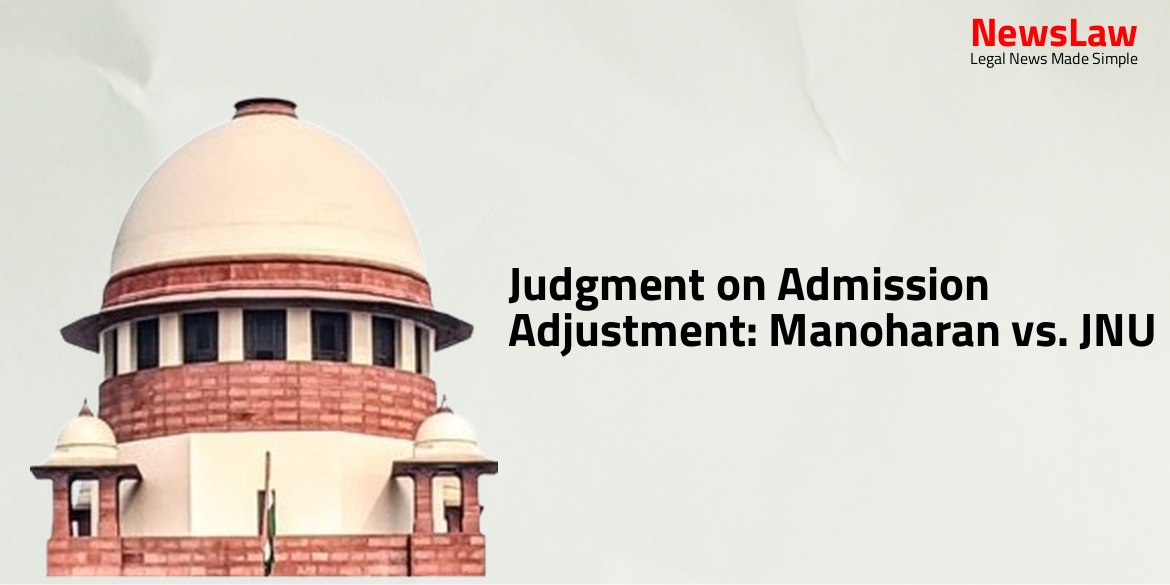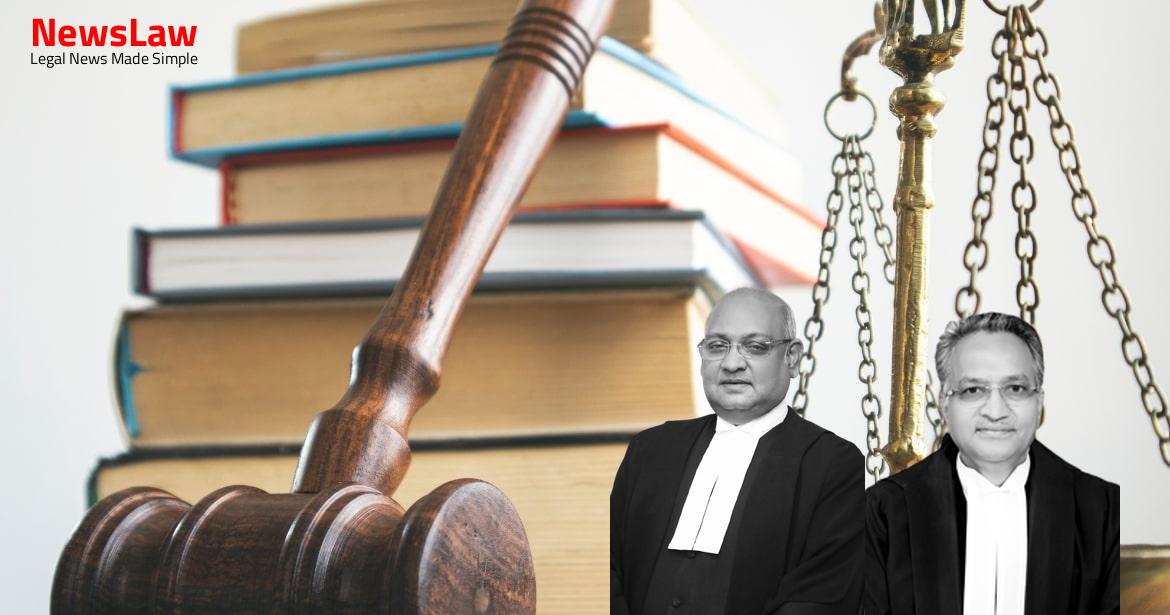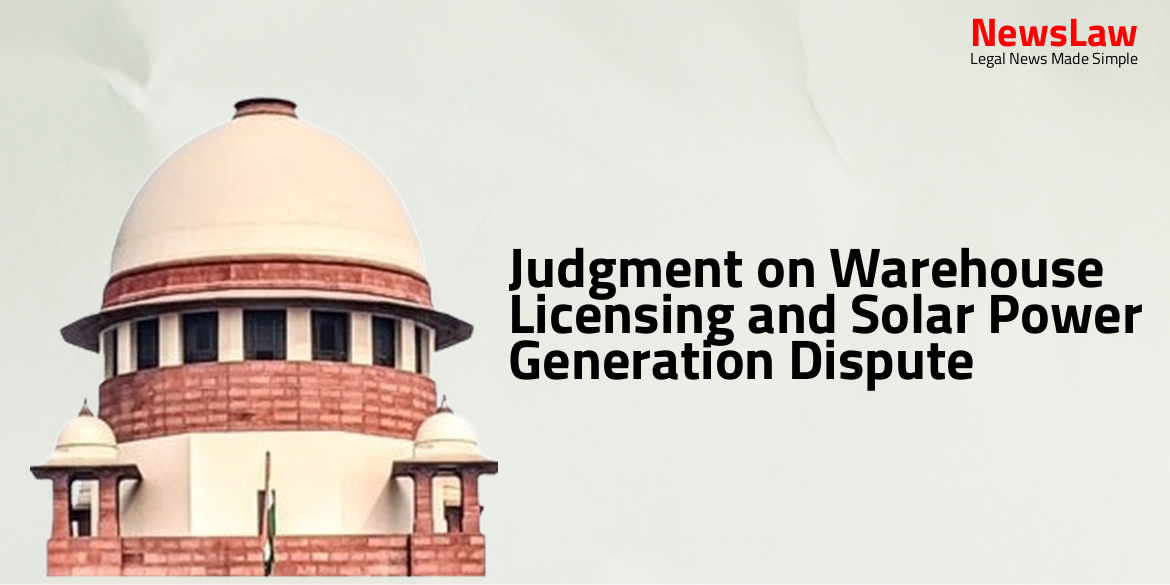Explore a compelling legal analysis centered around a classification dispute regarding car mats under the Central Excise Tariff Act. The case involves determining whether these goods belong under Chapter 57 as carpets or Chapter 87 as parts and accessories. The focus is on the court’s thorough legal examination using various explanatory notes and case references. Stay tuned to unravel the complexities of this intriguing legal debate.
Facts
- The respondent was engaged in the manufacturing of textile floor coverings and car matting.
- The effective rate of excise duty on goods under Heading No.570390.90 was 8% with education cess.
- The issue in question is whether ‘car matting’ should be classified under Chapter 57 or Chapter 87 of the Central Excise Tariff Act, 1985.
- The appeals are against a decision of the CESTAT and will be dealt with together.
- The subject goods are referred to interchangeably as car matting and car carpets by the revenue.
- The respondent-assessee seeks classification of their goods under Chapter heading 5703.90.
Also Read: Legal Analysis: Ownership Dispute and Validity of Will Deed
Analysis
- The subject matter pertains to the classification of car mats under chapter heading 57.03 or 87.08.
- Various Explanatory Notes from the HSN are referenced to determine the classification of the goods.
- The Circular No.117/28/95-CX dated 17-4-1995 is cited to emphasize the dutiability of car mattings made from non-woven materials in roll form.
- The Commissioner found that car mattings satisfy the tests to be treated as parts and accessories classifiable under Chapter 87.08.
- The Tribunal’s decision upheld that the goods were correctly classified under chapter heading 570390.90.
- The core issue revolves around whether car mats should be classified under Chapter 57 as carpets or under Chapter 87 as parts and accessories.
- The Tribunal’s reasoning was based on thorough analysis of entries, rules, and notes from the HSN.
- The judgment emphasizes the distinction between car mats and ordinary textile carpets of Chapter 57.
- The Explanatory Notes play a crucial role in determining the specific classification of the goods.
- The analysis highlights the application of the ‘market test’ and ‘common parlance test’ in classification disputes.
- The classification of products does not depend on scientific or technical meaning.
- The goods in dispute were considered as accessories of motor vehicles.
- Emphasis on technical meaning in resolving classification disputes.
- Recognition of the persuasive value of Explanatory Notes in classification cases.
- Application of the marketability test in determining classification.
- Section Note 2 of Section XVII of Central Excise Tariff excludes eleven sets of items from being treated as parts and accessories.
- Section Note 3 clarifies that references in Chapters 86 to 88 to ‘parts’ or ‘accessories’ do not apply to parts or accessories that are not suitable for use solely or principally with the articles of those Chapters.
- If a part or accessory fits descriptions in two or more headings of those Chapters, it is classified under the heading that corresponds to its principal use.
- The subject goods fall under the chapter-heading 570390.90 and are exclusively made for cars, not for home use.
- There is no need to use the ‘common parlance’ test or any similar construction device to identify the position of these goods under the relevant tariff entries.
- Once the goods are found to be in that sub-heading, they cannot be categorized under the residual entry 36 against heading 8708.
Also Read: Analysis of Curative Jurisdiction in Legal Dispute
Decision
- Connected applications disposed of
- Impugned decision of the Tribunal sustained
- No order as to costs
- Appeals dismissed
Also Read: Contractual Interpretation in Real Estate Dispute
Case Title: COMMR.OF CENTRAL EXCISE Vs. M/S UNI PRODUCTS INDIA LTD. THROUGH ITS DIRECTOR (2020 INSC 381)
Case Number: C.A. No.-000302-000303 / 2009



